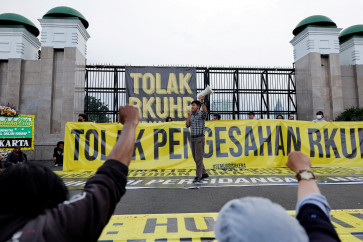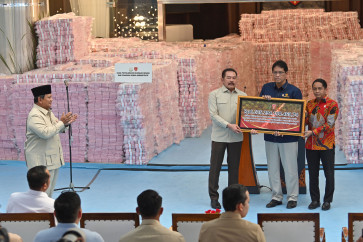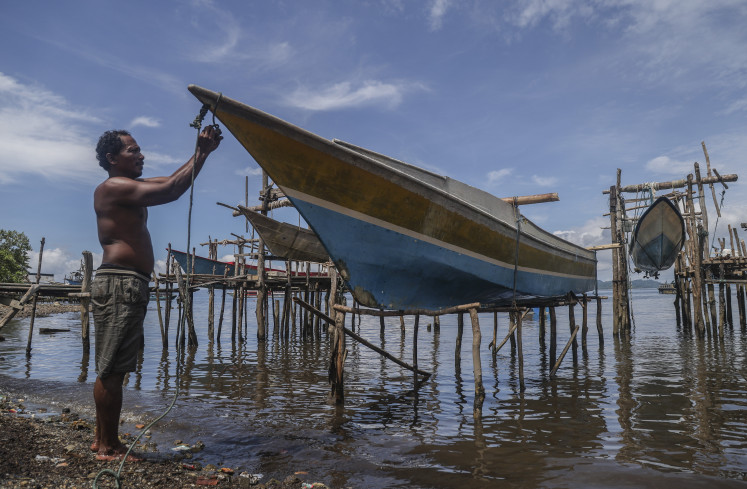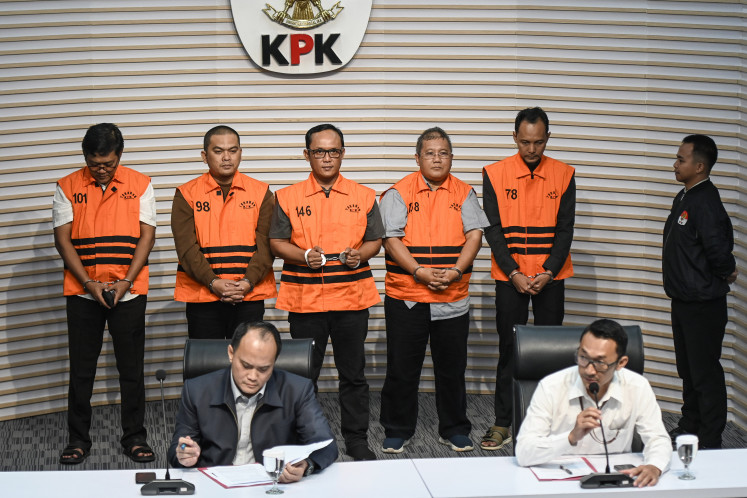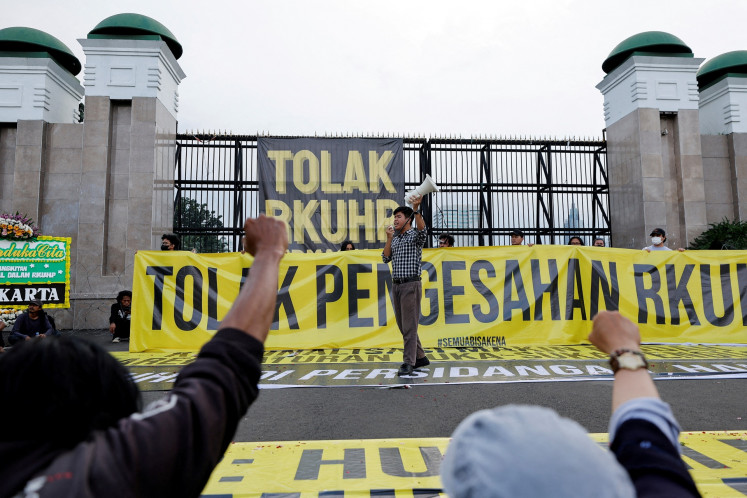Popular Reads
Top Results
Can't find what you're looking for?
View all search resultsPopular Reads
Top Results
Can't find what you're looking for?
View all search resultsGiving a chance to the RCEP’s dispute settlement mechanism
The RCEP's dispute settlement process attempts to improve on the WTO's mechanism with a shorter time frame and a focus on regional interests.
Change text size
Gift Premium Articles
to Anyone
T
he Regional Comprehensive Economic Partnership (RCEP) is the largest free trade agreement in terms of gross domestic product (GDP), population and trade. It is signed by the 10 ASEAN member states and five of its external trading partners: Australia, China, Japan, South Korea and New Zealand. It also brings the three large Northeast Asian economies (China, Japan and Korea) into a binding regional trade agreement for the first time.
As a mega trading bloc, the RCEP, which entered into force in January 2022, aims to establish a modern, comprehensive, high-quality and mutually beneficial economic partnership that will facilitate the expansion and development of global trade, as it includes all major trading nations in ASEAN and Northeast Asia. Taking this into account, the RCEP is expected to not only benefit the members in the region, but also bring significant economic and political impact to the globe.
The trade pact provides a dispute settlement mechanism (DSM) stipulated in Chapter 19 that envisions an effective, efficient and transparent process of consultation and resolution whenever a dispute arises between its members. The notable features of the RCEP’s DSM include: (i) choice of forum; (ii) consultations; (iii) good offices, conciliation or mediation; (iv) establishment of a panel; and (v) rights for interested third parties.
The question is whether RCEP members should refer to this newly established mechanism or stick to the Dispute Settlement Understanding (DSU) of the World Trade Organization (WTO) that has proven effective for years.
One thing we need to take into account is how Chapter 19 of the RCEP explicitly affirms the fact that it has adopted the provisions of the DSU. This was solidified during the 2011 ASEAN Framework for RCEP, when member states consented to the proposal that the regional partnership would be consistent with WTO’s dispute mechanism.
This is confirmed in Article 19.4 (2), which obliges ASEAN’s DSM panel to consider relevant interpretations in reports from WTO panels and the WTO’s Appellate Body as adopted by its Dispute Settlement Body (DSB). As such, it can be interpreted that in general, the RCEP’s dispute settlement proceedings would not be much different from WTO’s.
As a potentially leading dispute settlement process, the RCEP also tries to address the loopholes found in the WTO’s DSU. One of these is non-violation complaints. Under the RCEP, non-violation complaints are strictly prohibited. A non-violation complaint allows a member state to go to the DSB as long as it can prove that it has been deprived of an expected benefit as a result of the actions by another member state or an existing situation.



